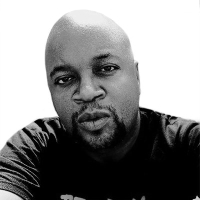Music
Photo Illustration by Elizabeth Brockway/The Daily Beast/Getty
30 Years Ago, A Tribe Called Quest’s ‘Midnight Marauders’ Changed Hip-Hop
ELECTRIC RELAXATION
Nothing was ever the same after the release of the group’s seminal third studio album.

Trending Now




